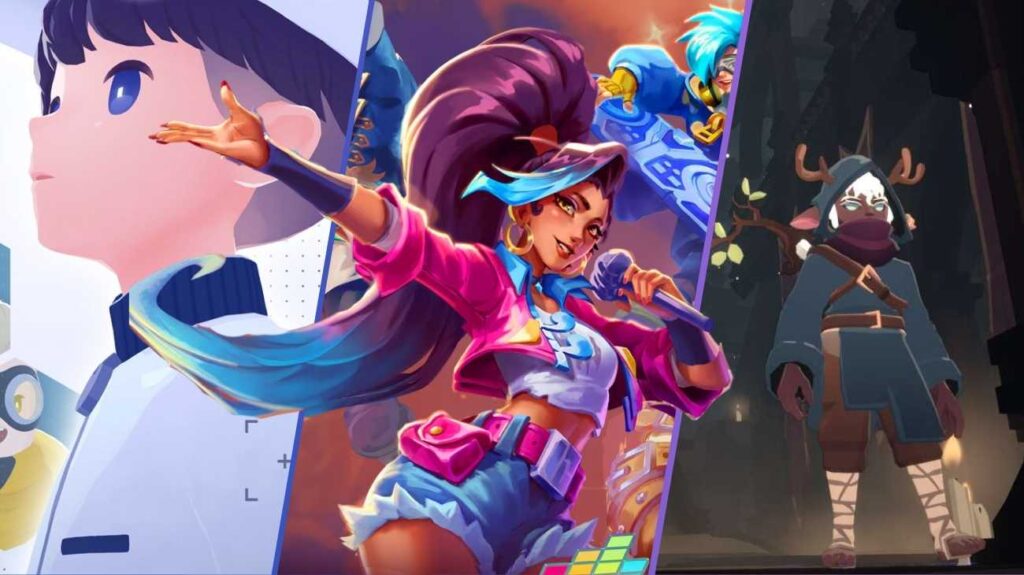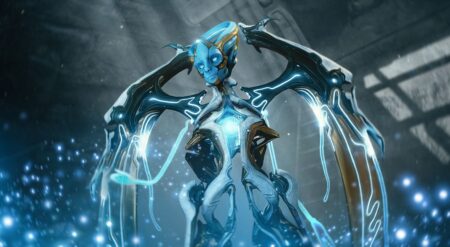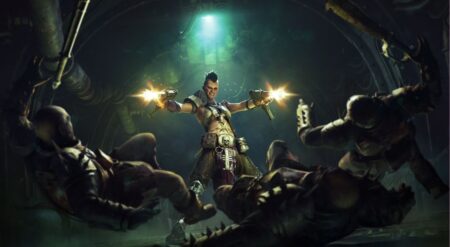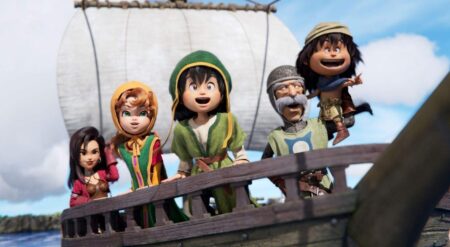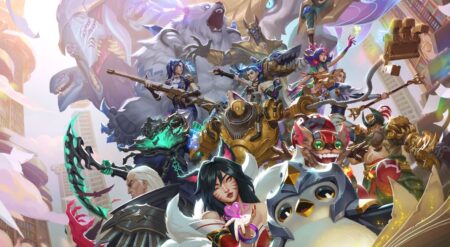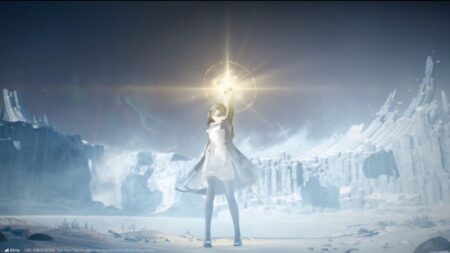More like this, please. If you’ve never been to Tokyo Game Show, it’s hard to describe how big it is, and the sheer amount of stuff on display. Imagine 12 convention halls full of video games, with the most impressive booths this side of E3. It’s a hell of a show, but the sheer amount of stuff there makes it impossible to see everything. I missed a lot of stuff that I wanted to see, but that’s the way it goes.
What I absolutely didn’t miss, though, was Annapurna Interactive, which has consistently done excellent work in the indie space. So when they told me that they had three games to show, well, I was there. And they didn’t disappoint. Three games.One hour. One beautiful write-up. Let’s get to it.
I’m Not Entirely Sure What ‘D-topia’ Is, But I Dig It
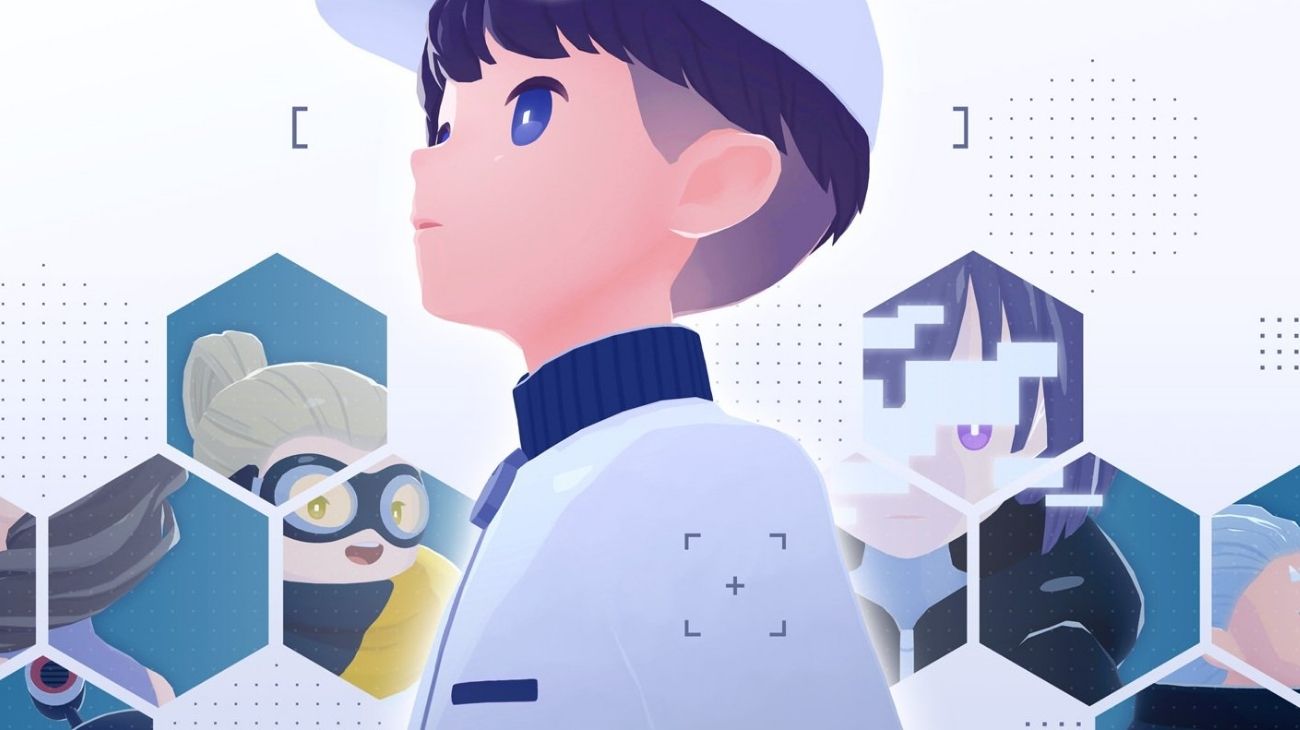
Sometimes, you play a game and then you have to describe it and you’re like… “You know what? I’m not really sure how to do that, but I liked it.”
That’s how I feel about D-topia. The art reminds me of an animated film (complimentary), but I think I was more intrigued by what I saw of the story. I was playing as someone who had been selected as D-topia’s newest Facilitator.
D-topia itself is (allegedly) a utopia run by ridiculously powerful artificial intelligence. Every human need is met in D-topia, and while nobody (allegedly) has to work, we all work in the Factory because otherwise folks’ll get lazy. And, of course, you still need folks around in case stuff breaks, which is where Facilitators like you come in.
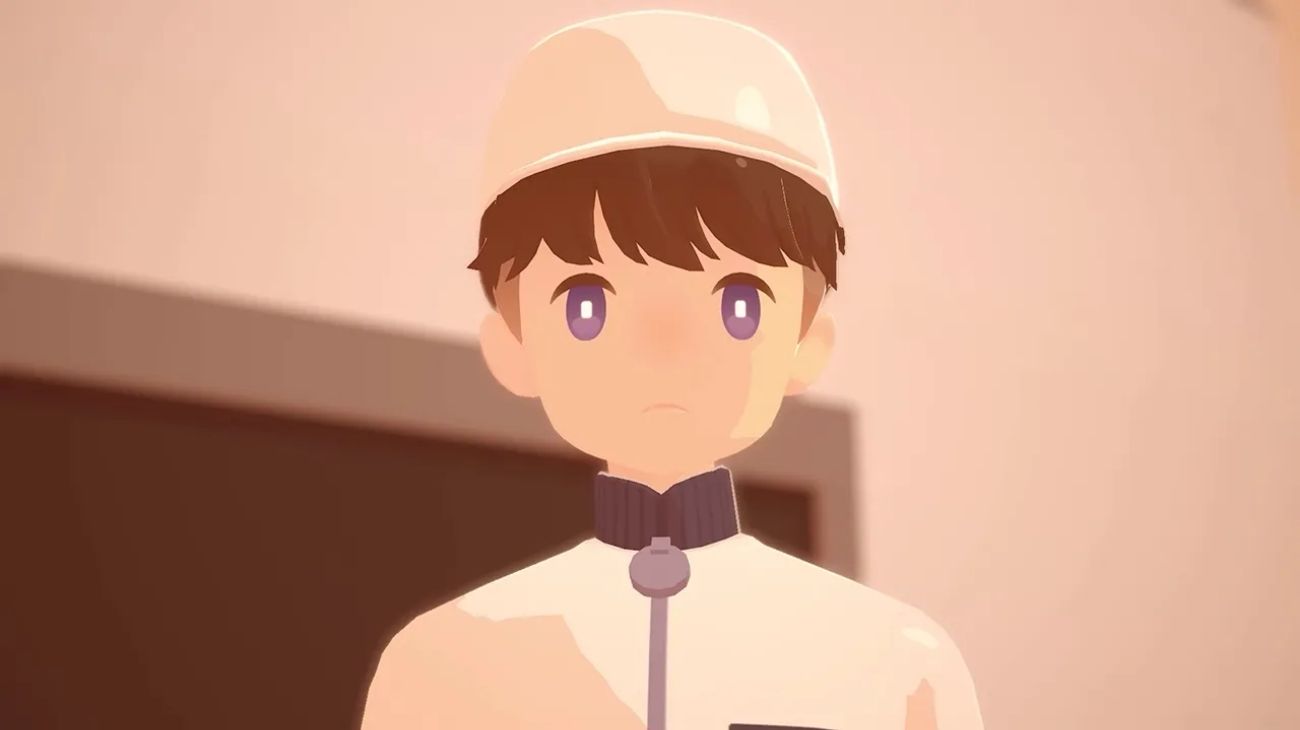
Like any normal person, I’m naturally sceptical of anything run by machines, and it’s not great that everyone in D-topia has a number (mine was 046) instead of a name, but you’re telling me I live in a utopia and I have to labor? Put it in the bin, man.
Turns out, though, that working in the Factory just means solving puzzles, like moving numbered squares onto matching tiles, guiding the right ones through lines that increase their number, and placing them on switches to open paths for your other blocks. The puzzles are simple, but they’re fun.
But there’s also Something More going on. While I’m running around D-topia, I literally bump into Eebie. Well, technically, he bumps into me. He’s not fond of Facilitators, but he drops a memory stick, so, being a model citizen, I track him down to return it. When I do, he tells me he’s gonna be a big man one day, and has to consider that maybe I’m not all that bad. Score one for salarymen everywhere.
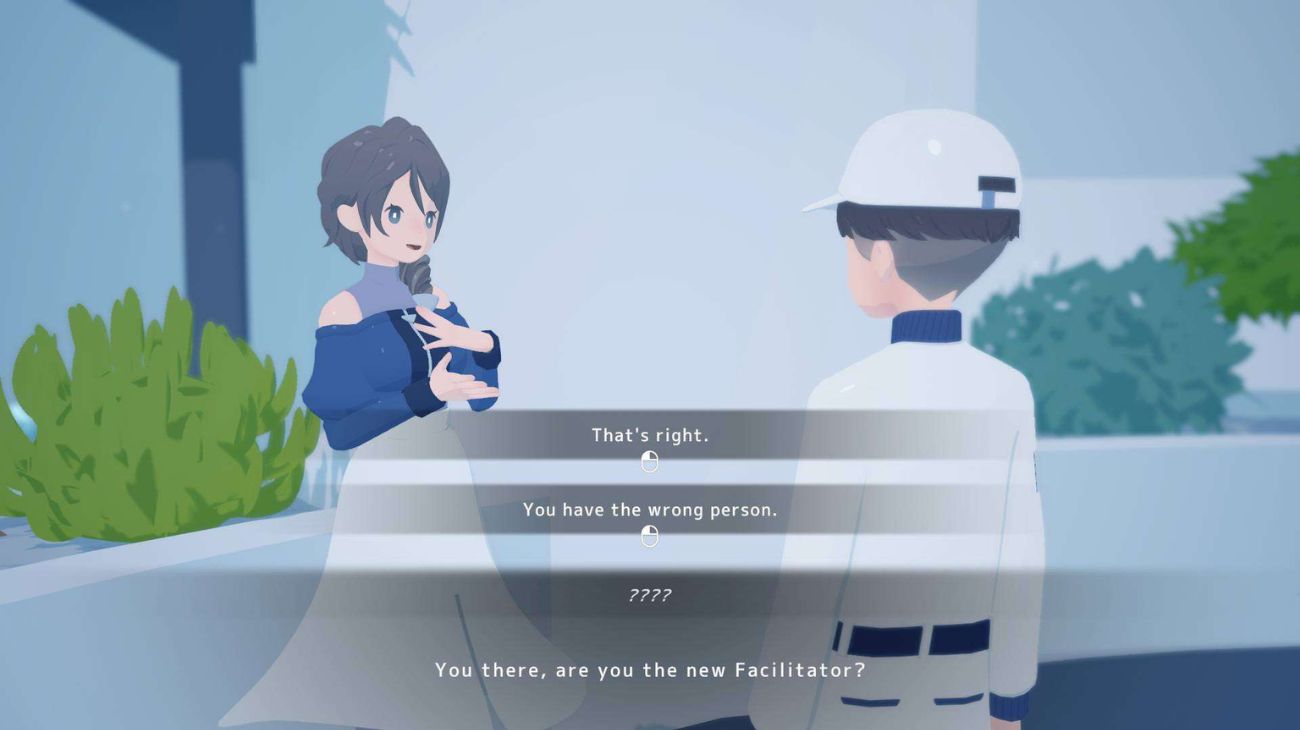
A little after that, a Shop Troid at a nearby store breaks down, and it’s my job to fix it by solving more block puzzles to help out an upstanding citizen named Tot, who just wanted to buy some snacks. I knew all that factory work would come in handy.
Tot gave me some houseplants, which I downloaded, and then they were transported to my room. The future is weird, man. Shortly thereafter, my demo ended, but not before I learned that someone had done something naughty to the Shop Troid and I was being investigated for it. The plot thickens.
D-topia is a little weird, but it’s got the spirit, and if nothing else, I do wanna see where it goes.
‘People of Note’ is Exactly My Jam (Sorry)
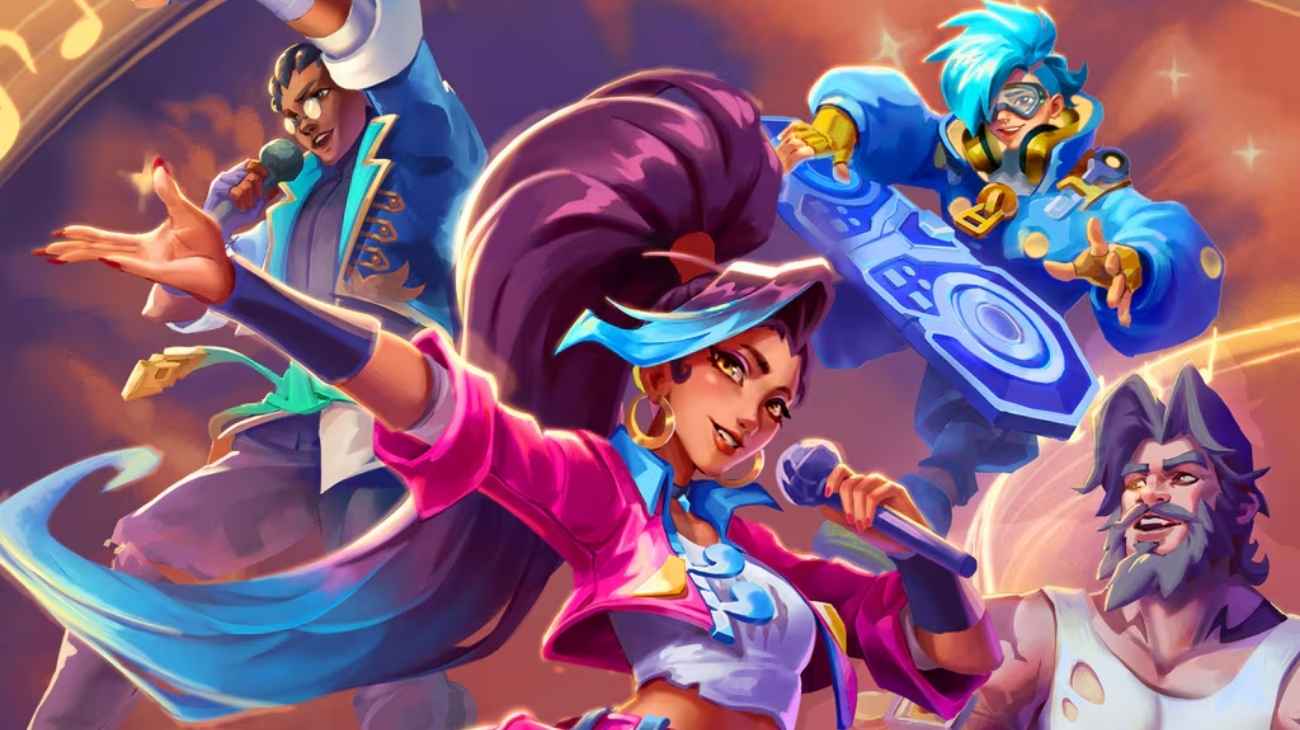
After I wrapped my demo for D-topia, it was off to People of Note, a turn-based RPG that draws from the timing elements you’ll see in the Mario RPGs and Legend of Dragoon if you’re nasty and sigh Clair Obscur: Expedition 33 if you came to the genre this year.
The story follows Cadence, a pop star looking to win the city of Chordia’s Noteworthy Song Chart. A councilman has it out for our girl, though, so she and her friend Synthia team up with an old rocker named Fret (you seeing a pattern with these names?) to produce music that mixes pop and classic rock. They’re off to recruit some more musicians when my demo starts, but the cats they need have beef with Fret, so… combat!
People of Note is a turn-based RPG with timing elements, but everything in it is based on music. You’re limited by how many actions you can do in a particular stanza and BP, the cost of each action. Taking a Rest (get it? Do you get it?) restores the latter and charges your defense, and if you match the type of music a character is good at to the corresponding stanza, they get a boost.
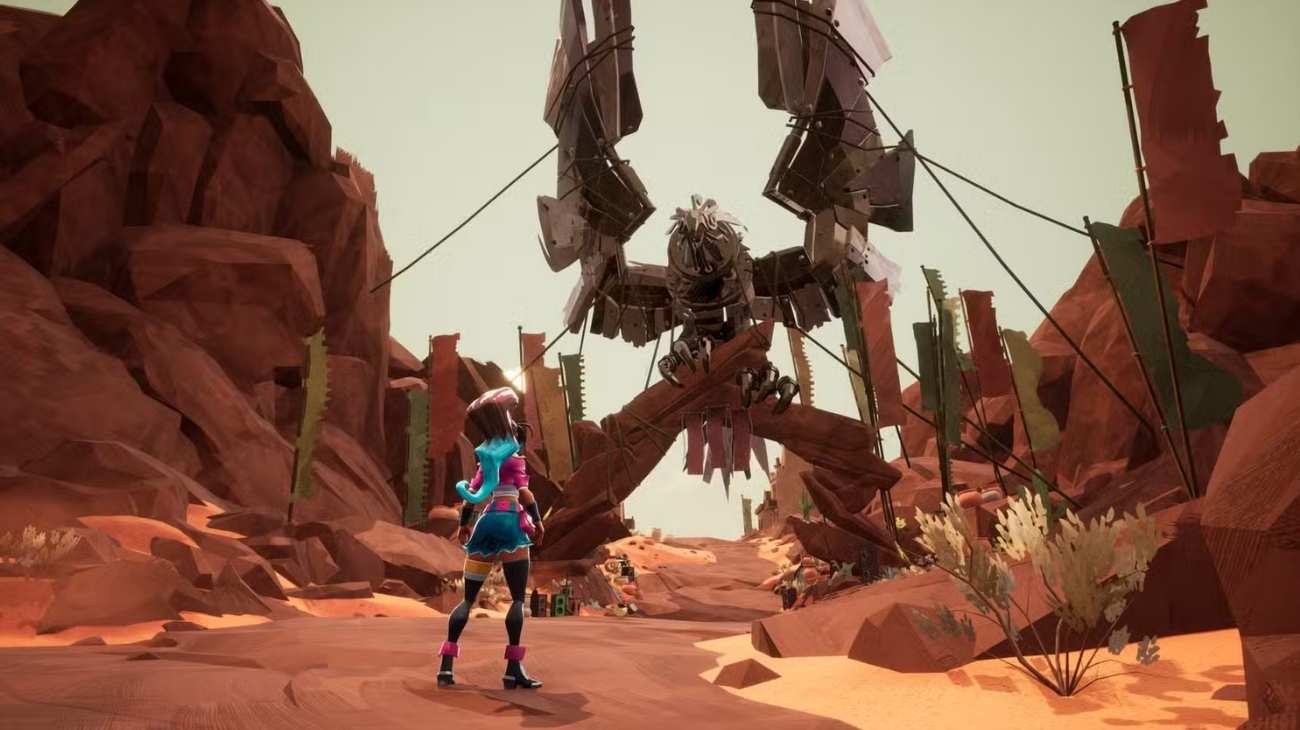
Whew. That’s a lot, right? But it works really, really well, and the music you’ll play when you use an attack has some thump and does a good job of representing who each character is. There’s a good amount of strategy here, and I’ll admit I couldn’t keep track of all of it at first. But that’s good: you want depth in a game like this.
When I wasn’t rocking dudes and kangaroos with guitars in the chests (yes, really) until they dropped, I was navigating the environment, solving little laser puzzles (listen, I’m a Zelda sicko; I love laser puzzles), and enjoying the heavy metal vibe of it all. My demo ended with a pretty tough fight against the guy we’d come to recruit, who put everything I’d learned to the test. I managed to clutch it out, but man, it was close.
People of Note is one of those cool games that has fantastic art, a neat concept, some sick tunes, and a cool battle system. Honestly, say less, man. My demo was only 15 minutes long, but I thoroughly enjoyed myself. And then I was whisked off to the next thing.
‘Demi and the Fractured Dream’ Has Big Zelda Energy, and That Rules
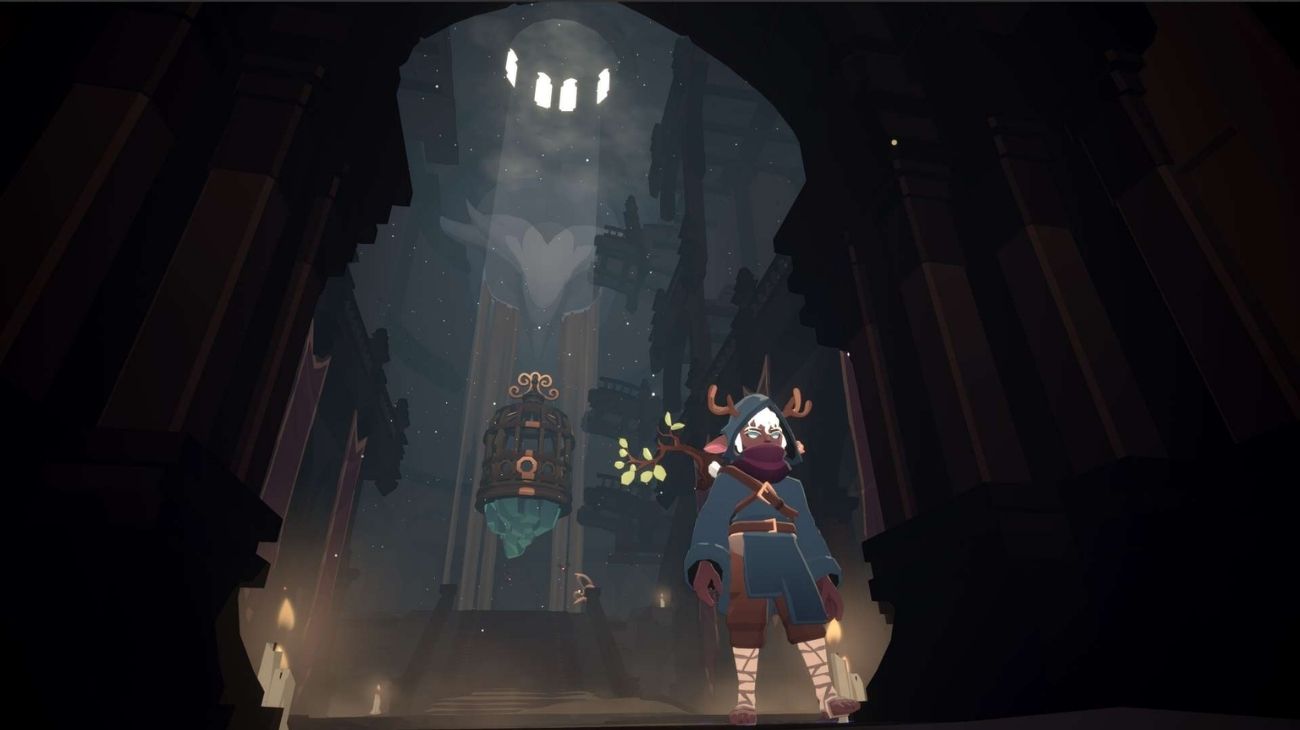
Remember how I said I love Zelda? Yeah. Demi and the Fractured Dream is one of those games that wears its inspirations on its sleeves, and Wind Waker is definitely one of them, from the sword combat to the leaf that creates gusts of wind to the way the enemies explode into purple smoke. They say imitation is the sincerest form of flattery, but Demi and the Fractured Dream isn’t just a Zelda clone. It’s fast in a way Zelda’s never been, and there’s an upgrade system that boosts speed, damage, or buffs your strong attacks.
Otherwise, a lot of this will feel familiar. You can use that leaf to move platforms, blow away first, or change the direction of an energy ball to solve a puzzle. You’ll find keys to open doors and fight small groups of enemies. But familiar doesn’t mean bad, and I was impressed by how well Demi plays. Even when it’s treading familiar ground, there is new stuff, like the dodge that slows down time if you hit it just so.
And I can’t say enough about Demi’s audio-visual prowess. Part of that is due to the absolutely stunning use of color. I was lucky enough to speak with two of the developers while I played, and they told me that the use of color came because they weren’t as comfortable with texture work.
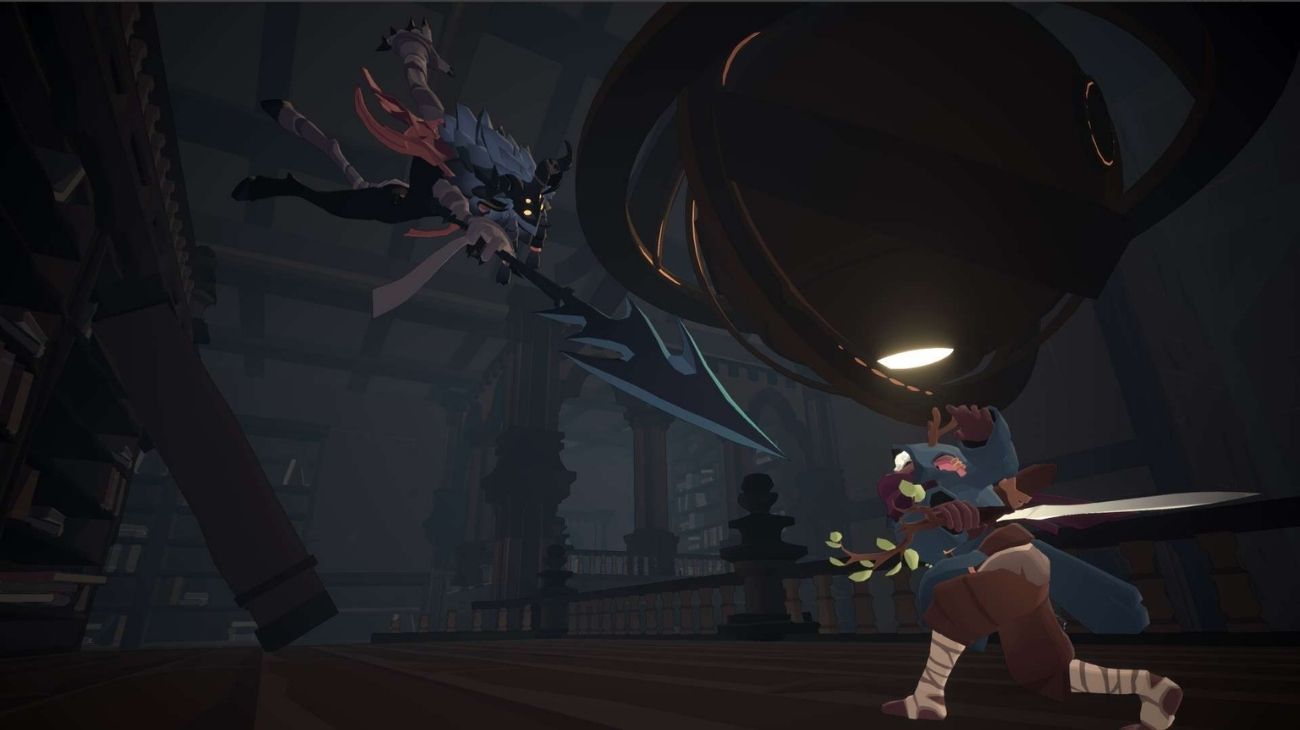
The rest is a game with a distinct visual look — one that’s bright and vibrant without losing the readability you need in a game like this. And that soundtrack? Man. I could listen to the tunes I heard in my demo outside the game. That’s not to discount the sound effects or other audio work, which is also impressive.
Demi and the Fractured Dream exudes confidence. You can see how it’s pulling from the classics of yesteryear — and it’s not just Zelda, folks. Think of other games of that era — but it also wants to be its own thing. My demo ended with a boss fight. I died a couple of times, I’ll admit (I really wanted to land those slow-mo dodges), but it felt fair and just challenging enough. When the thanks for playing message popped, I was a little sad I couldn’t play more. It’s hard to think of better praise for a demo.
What’s most impressive about Annapurna is that everything here feels unique, but you can see how they’d all come to live under one roof. They’re bound together by a certain something. Maybe it’s just that I want to play more of them all.
Maybe it’s just nice to play something with an identity in a world where the AAA space is trying to make games that appeal to everyone and therefore appeal to no one. Maybe it’s something else entirely. Who can say? All I know is I walked away impressed by what I saw. And at a show as big and as impressive as this year’s TGS, that’s no small feat.

